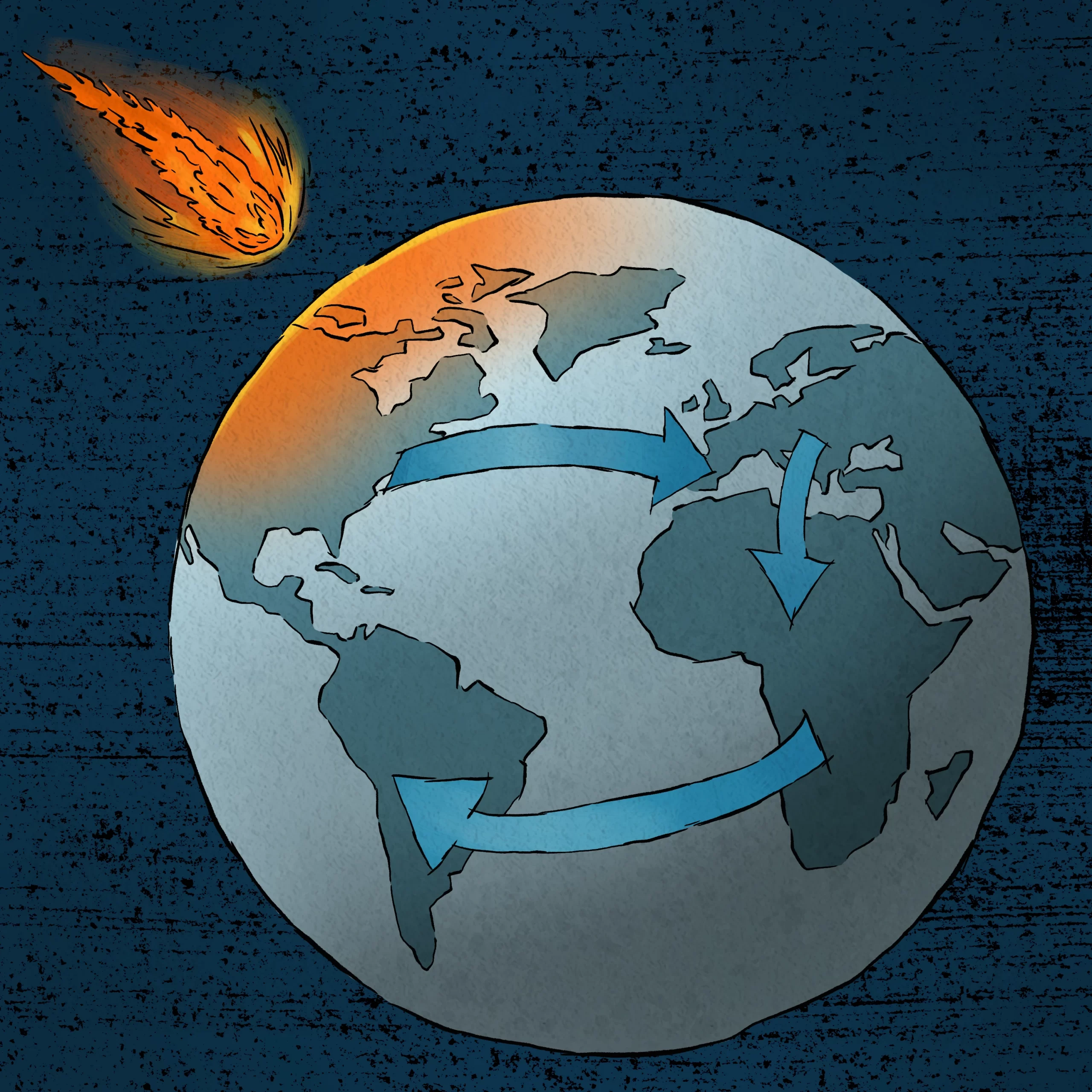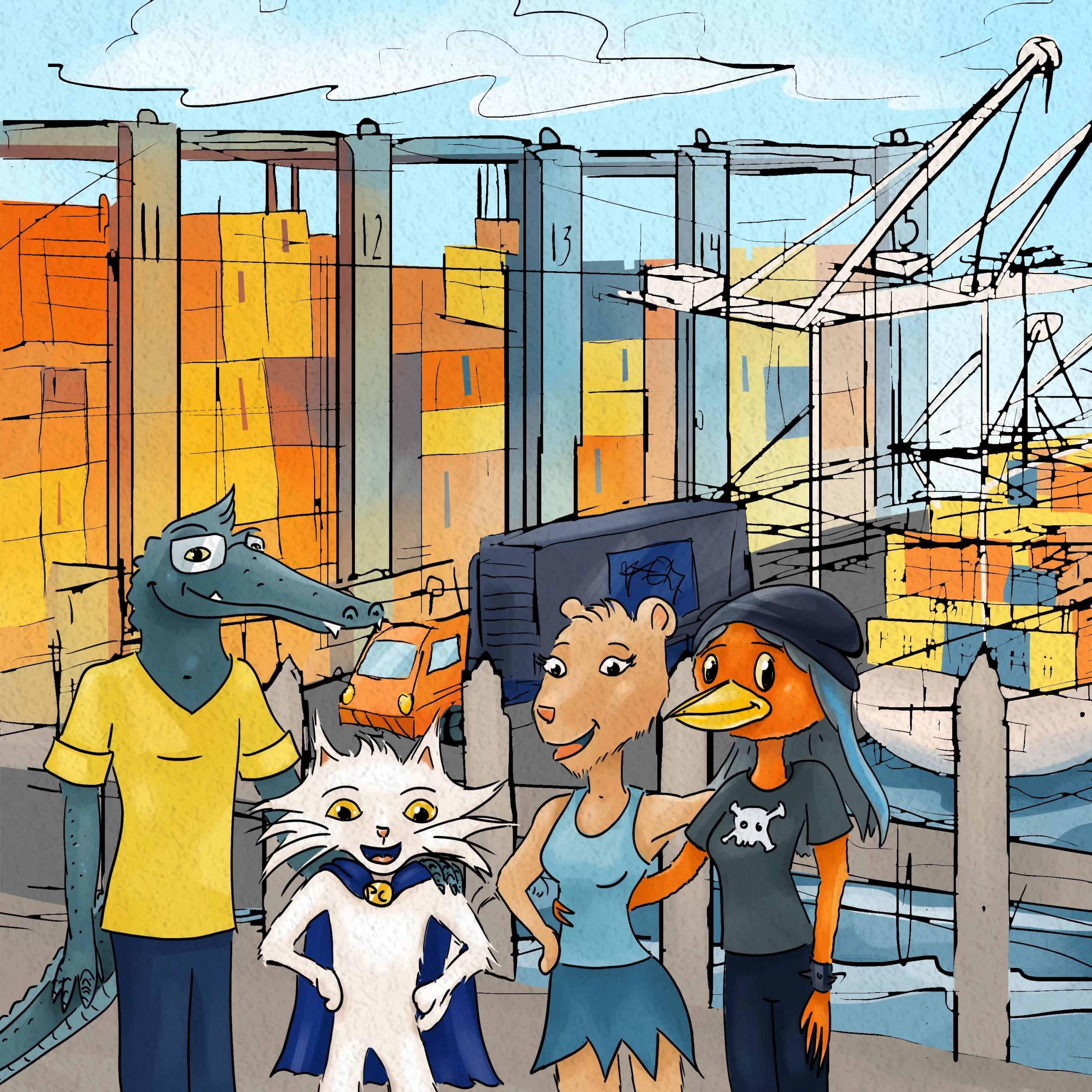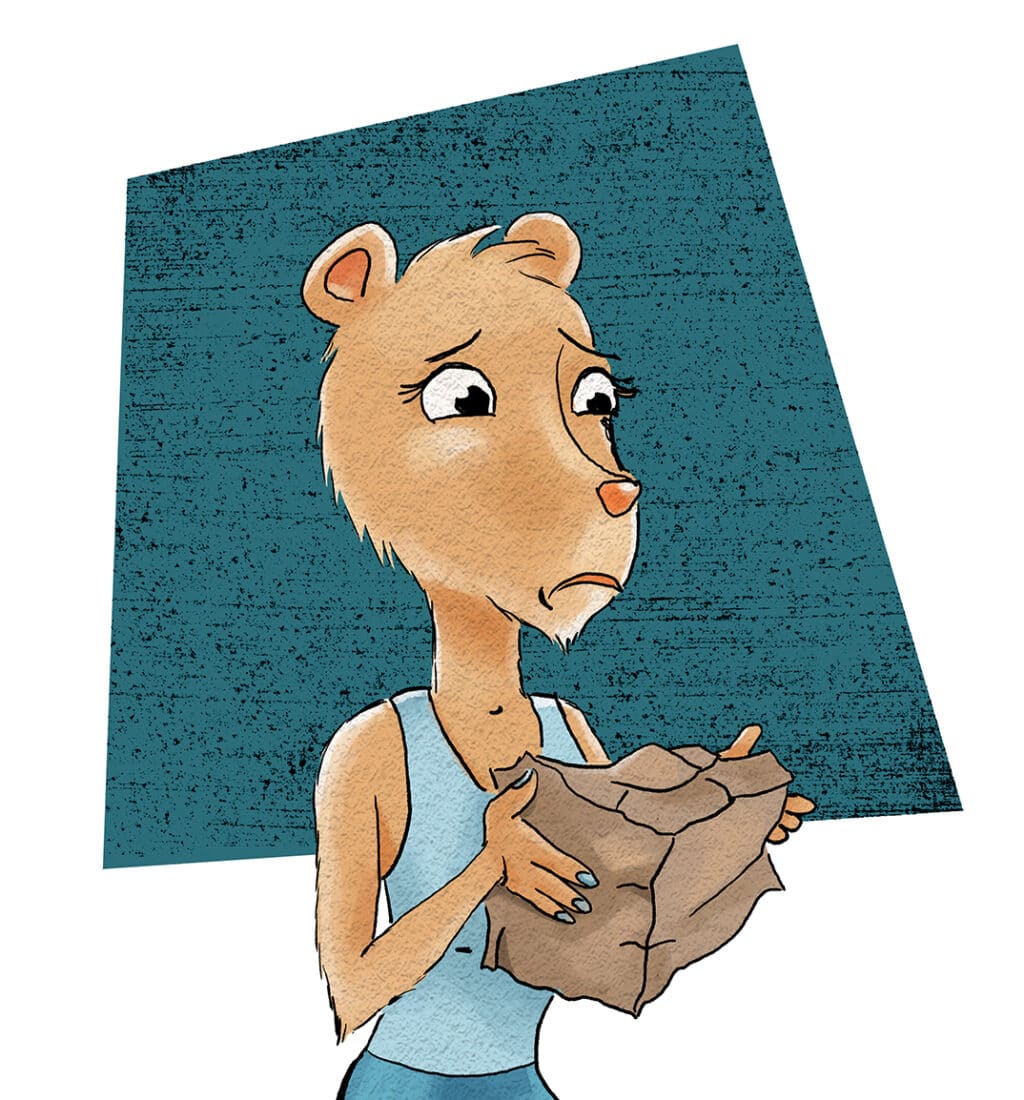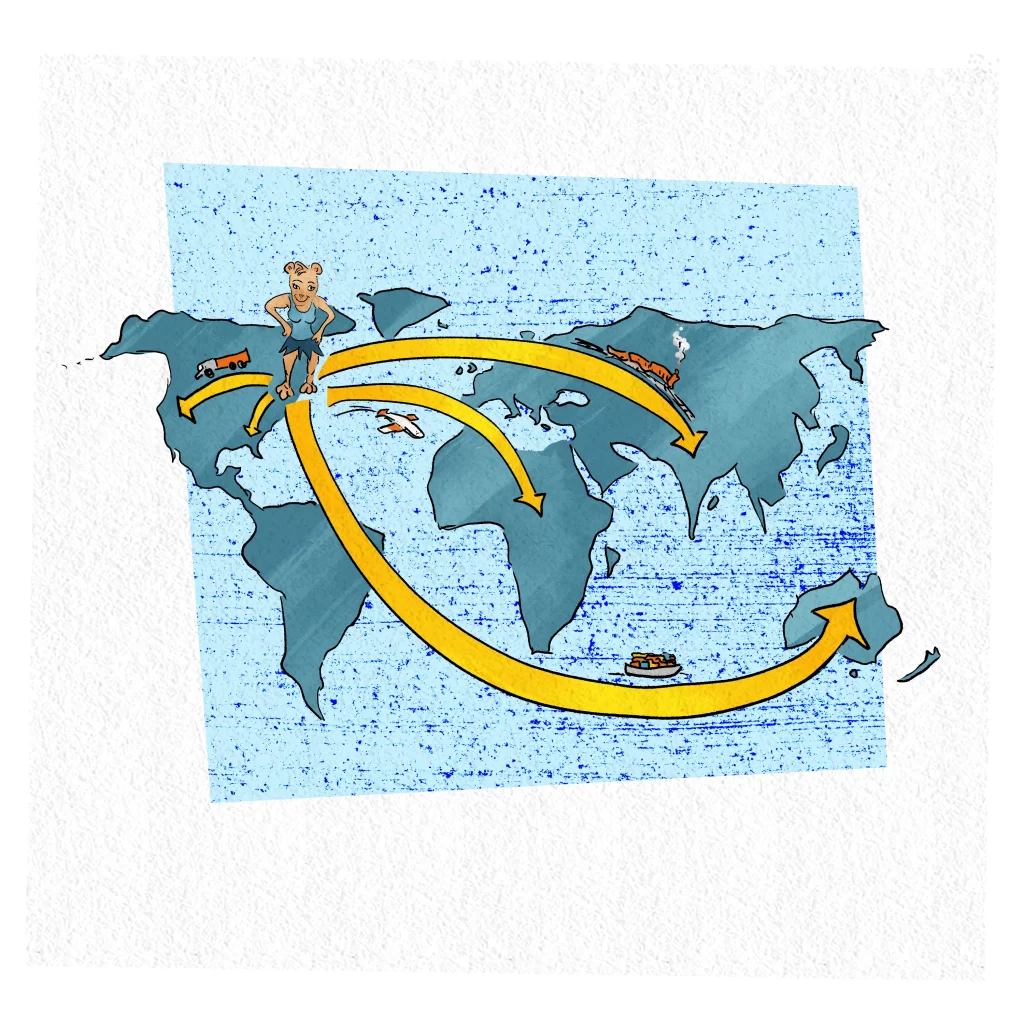
Your excellent products (like your hats for squirrels or your bedazzled toothpicks or your subtly subversive greeting cards…) are only part of your customer’s experience of your business. Other important considerations are how quickly and reliably they receive their products, how much they have to pay for shipping (even if it’s a built-in cost), and how much damage the product sustains during transport. And all of these depend on…
Transportation Methods
Yes, transportation methods matter to your business!
Princess Capybara hadn’t thought much about transportation methods at first…
If you’re a regular here at Zattatat, you know that Princess Capybara is a serial entrepreneur whose latest product is wine glasses made out of concrete!
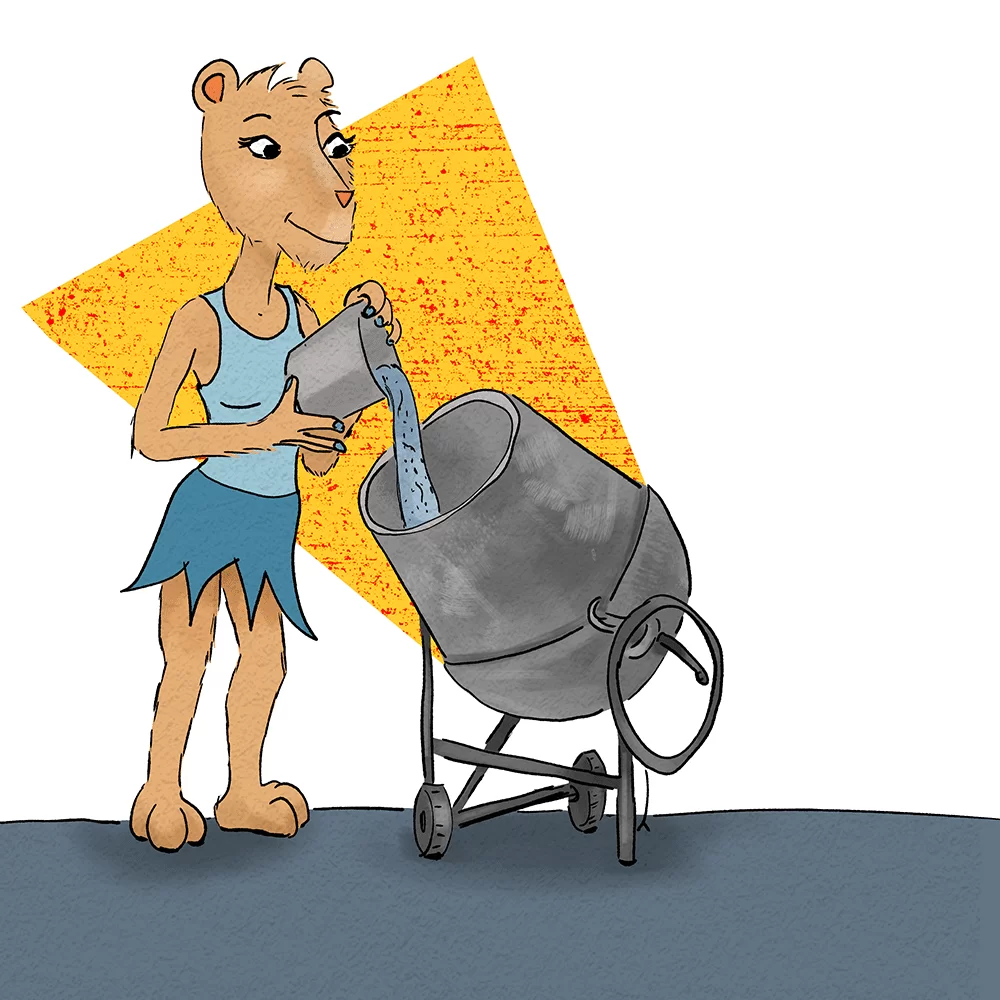
And if you read our last article, you also know that recently she’s decided to expand her distribution channels, meaning the ways that she gets her products out to her customers around the world. As part of that, she needed to think about the different transportation options available.
Off the top of her head, Princess C. knew that the main ways to ship around the world are:
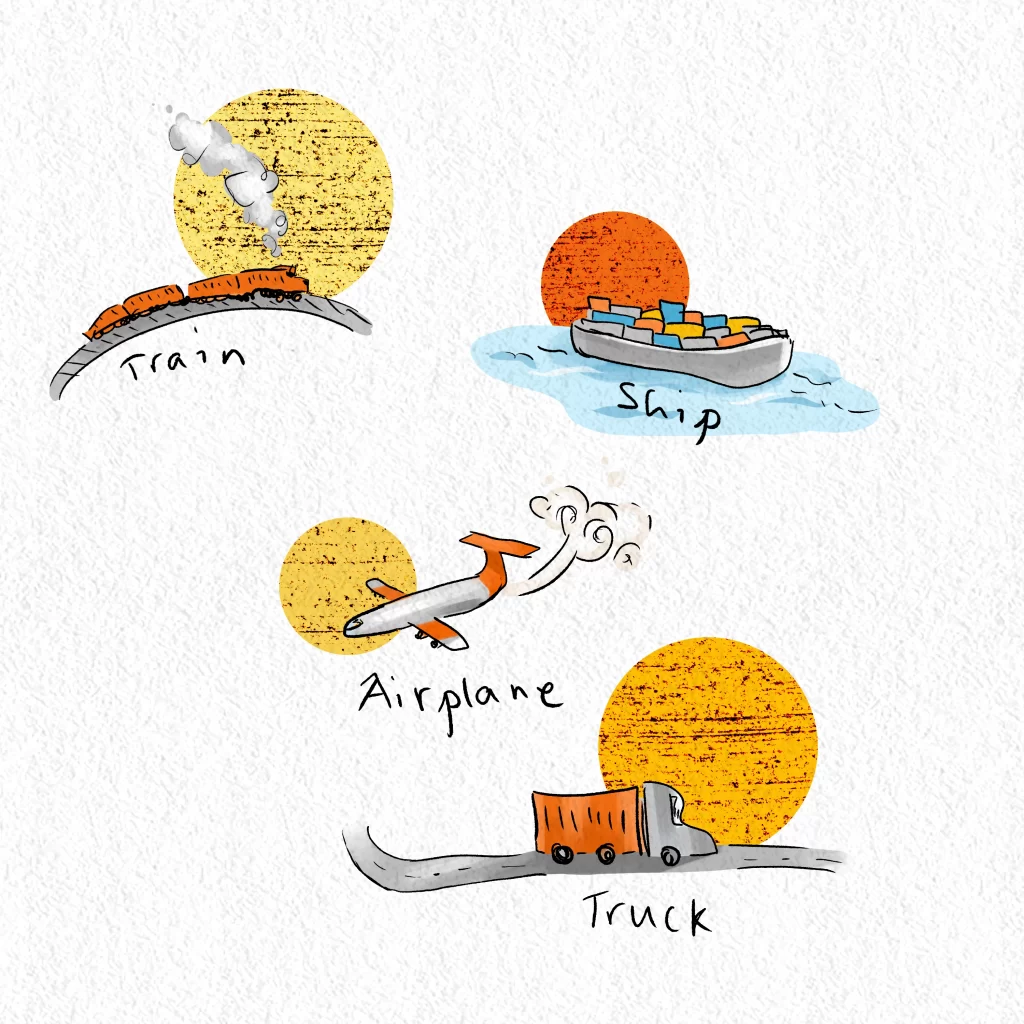
But then she floundered. How should she decide which one to use? And probably it wasn’t going to be the same for customers in New Jersey as for those in New England? Which might again be different from those in New Delhi or New South Wales…?
Her friend Process Cat was happy to offer advice as always. This topic was going to require a beverage! But Princess Capybara suggested they opt for coffee instead of wine this time.
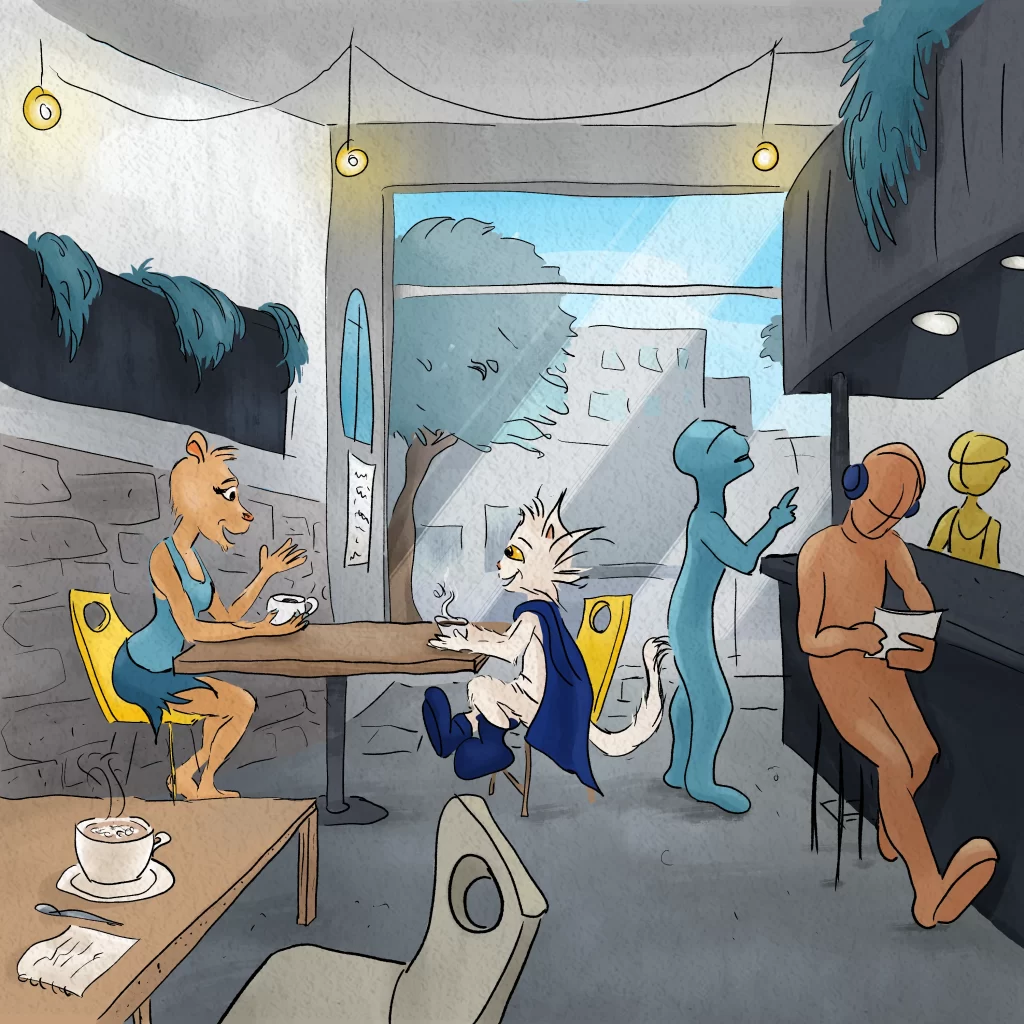
Anyway, Process Cat explained that yes, she should probably use different transportation modes for different locations.
In choosing your transportation methods, you will also want to consider several things.
Considerations when choosing a transportation method:
- The type of product you’re shipping (is it perishable? fragile? likely to encounter extra scrutiny at customs?)
- Location of both your manufacturing or distribution and your customers
- Your own goals! (Hey, this is YOUR business after all)
- Your customers – are they willing to pay a premium for fast delivery? will they wait to get their item if they can save a little money? or do they need to be able to get your product at their local store without having to think about shipping at all?
Then of course, you’ll also need to consider…
Direct vs. Indirect Distribution Channels
Process Cat explained that direct distribution channels are the ones where Princess Capybara is sending her product directly to her end-users. So she gets to pick the shipping methods herself (even if she’s outsourcing the actual transportation to a third-party company.) Some examples of this are her friend Gary’s cookie stand
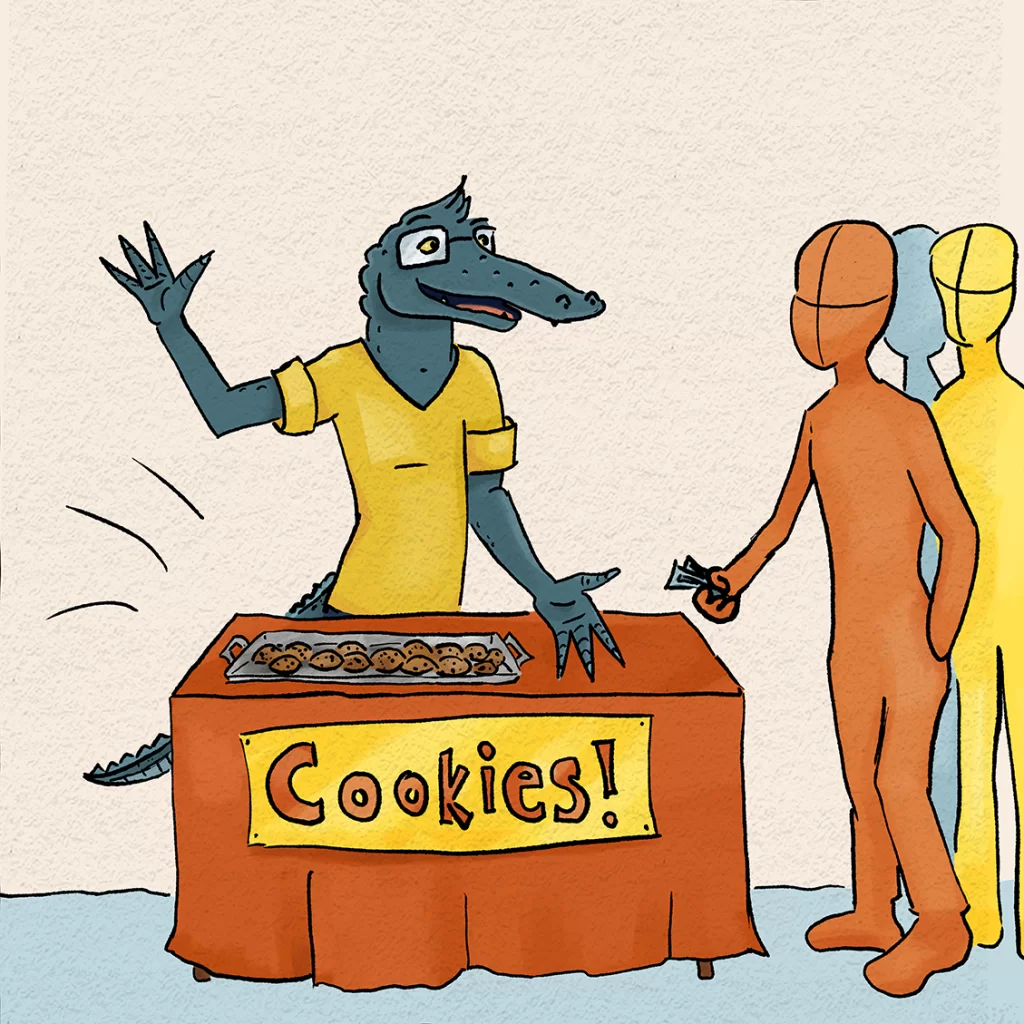
And Princess Capybara’s domestic sales through her own website. For those, she uses a third-party shipper but chooses whether they’ll be sent by air or ground.
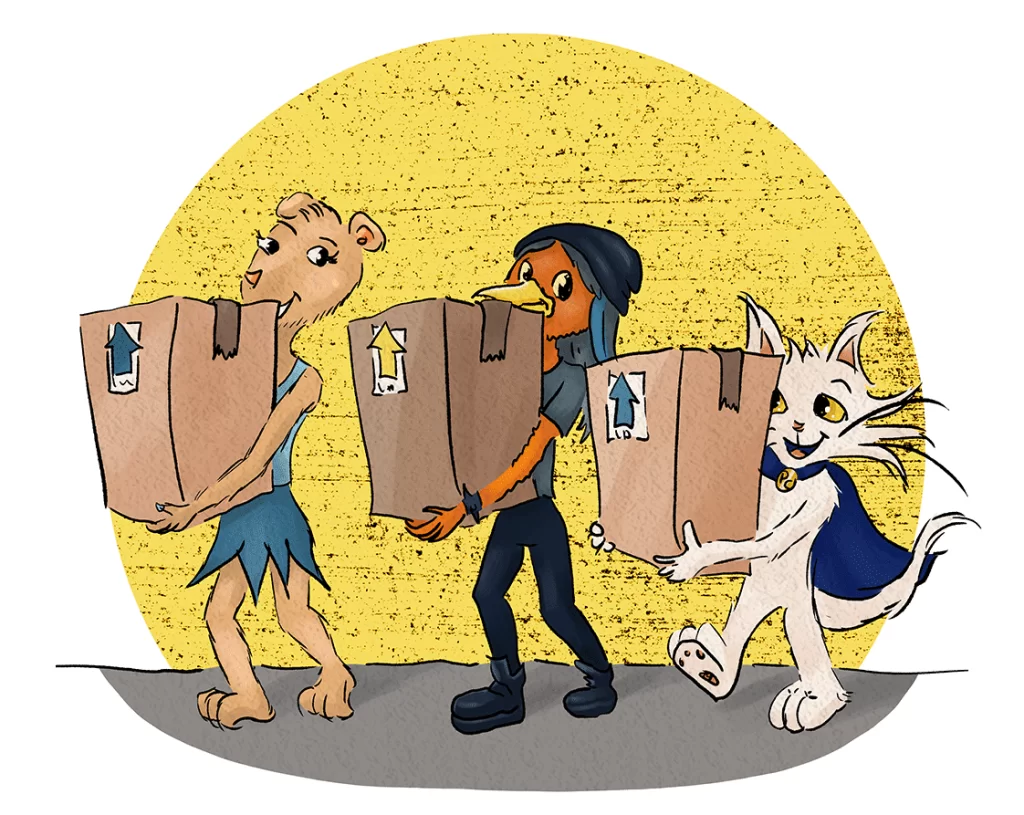
Then there are indirect distribution channels, where the end customer is purchasing the product through an online or physical retailer, possibly with other intermediaries such as a wholesale distributor. For example, Rhonda as a customer should be able to go online and order one of Princess Capybara’s Secret Wine Glasses from any of the major online retailers in time for her father’s birthday.
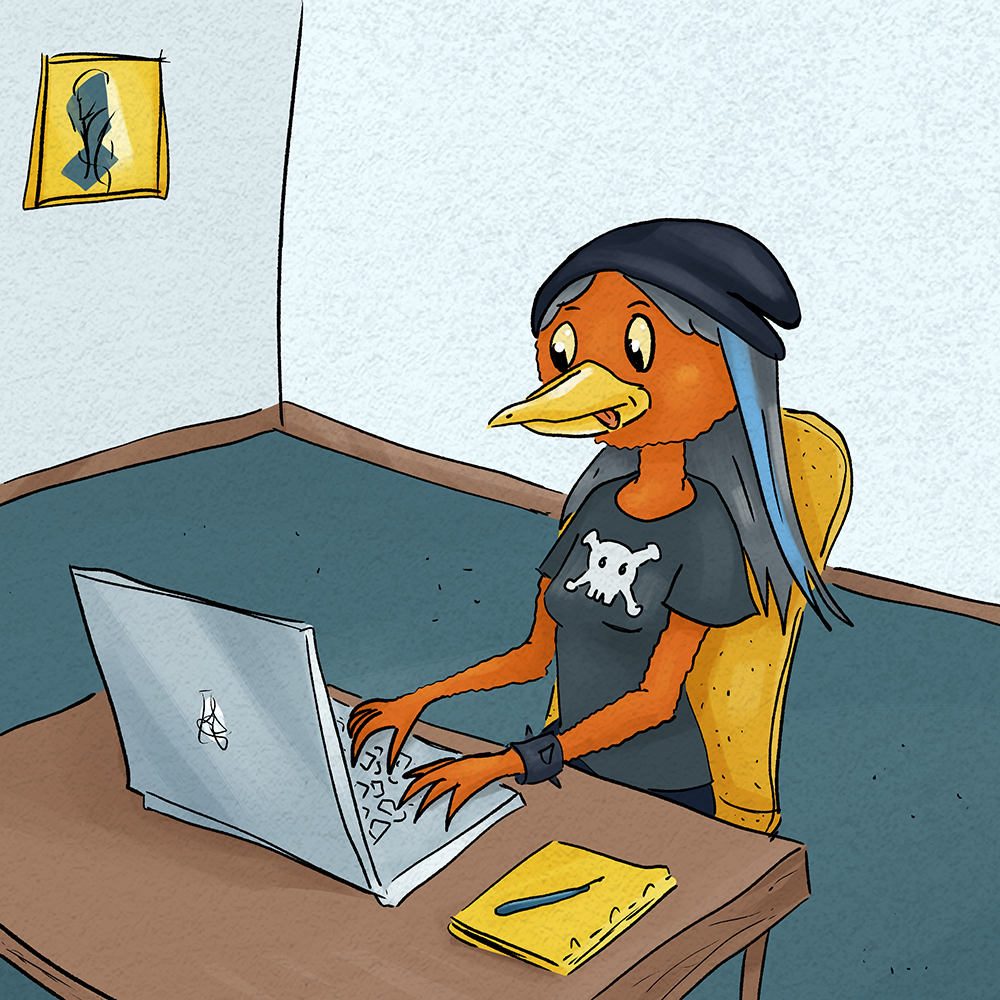
So those are direct and indirect distribution channels. Gary, Rhonda, and Princess Capybara all use both types of distribution in their small businesses. Most product-based businesses do unless they’re in a highly-regulated industry such as medical devices, or have decided to keep everything in-house for personal reasons such as *ahem* being a control freak :p
Anyway, the important point for Princess Capybara’s discussion (and for ours) is that with indirect distribution channels, you as the manufacturer typically don’t get to actively control the transportation methods.
But, you can and should think carefully about transportation methods for your direct distribution channels. And when choosing to work with a distribution partner, you may want to factor in their transportation methods as part of your decision (depending on your product and target market and a myriad of other factors of course!)
Now this was a bit of work, but in the end Princess Capybara was glad she took the time to carefully choose her transportation methods.
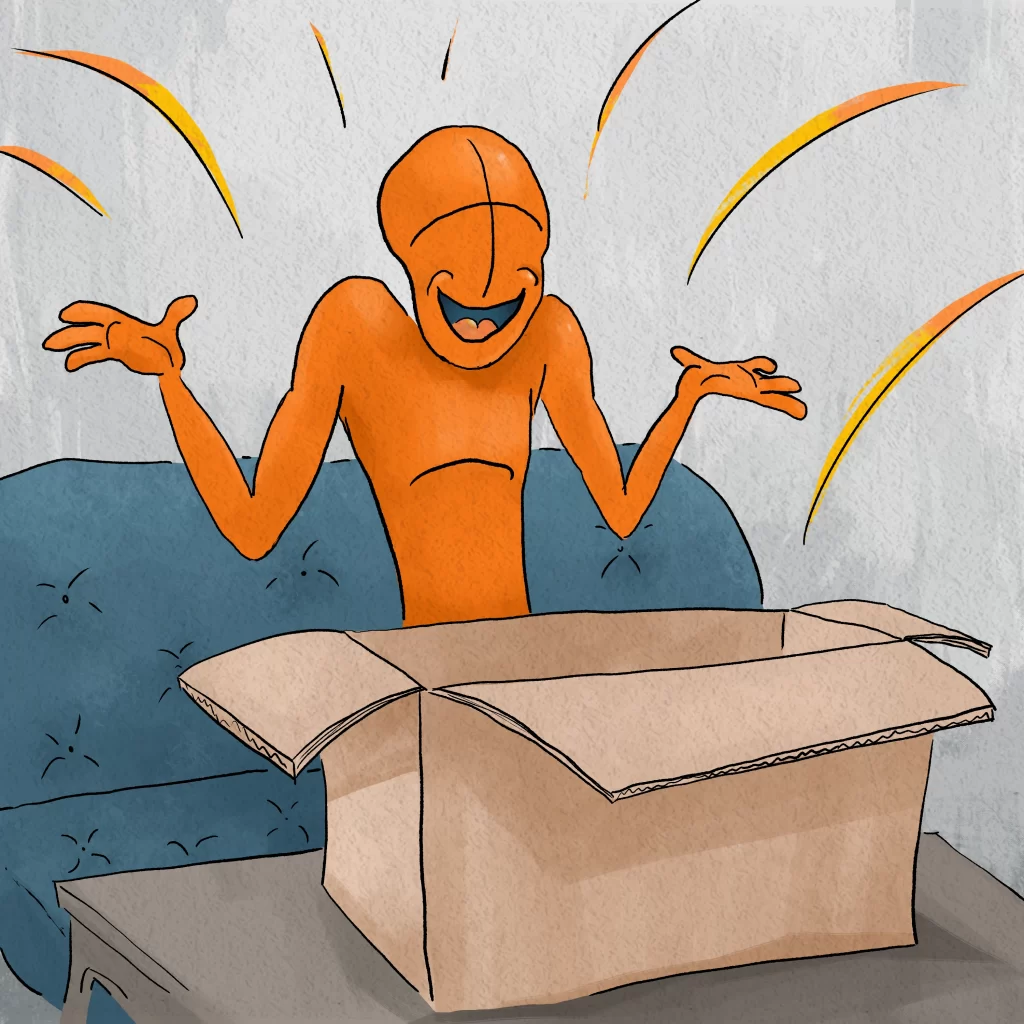
Weekly Challenge:
Do you ship your products either through direct or indirect distribution channels? If so, consider whether there may be improvements you could make to your end-user experience, your bottom line, or your own logistical hassles by changing any of your methods. And come back next time for more on distribution channels 🙂
Ready to learn more? Read the next article!
